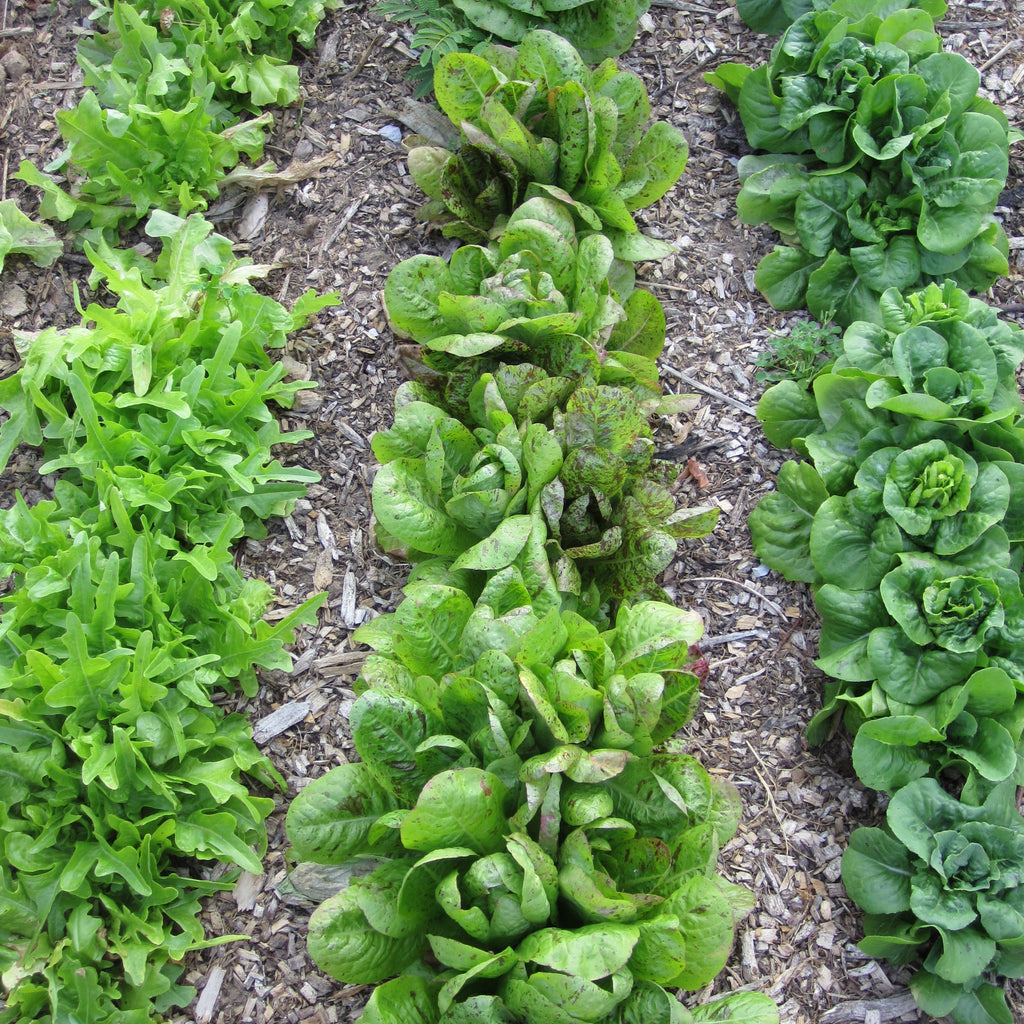Plants
5 Types of Veggies to Plant Now for a Delicious Fall Harvest

(source)
It’s fall: Facebook feeds are dominated by first day of school photos, election season is kicking into gear for real, and we’re all bracing for pumpkin lattes. This transitional it’s-still-warm-but-no-longer-summer period doesn’t have to signal the end of the gardening year.
Those belles of the garden ball--tomatoes and cukes--may have stopped producing, and it’s getting cool at night, but please don’t pack away your trowel for the winter. There are plenty of short-season, cool-weather veggies you can plant right now to keep the spirit of summer alive, even as the days grow shorter. And if you missed the summer planting season altogether, the show’s not over. You can drop a few late season seeds into the ready earth right now. Play your cards right and you’ll be eating fresh, healthy vegetables for months to come.
A few things to know before you you choose your autumn harvest items:
- When is your first frost date? If you don’t know, check online at www.plantmaps.com. Remember, average first and last frost dates are just that: averages! An early frost is always a possibility, but not the end of the world (just keep reading).
- How long will your new crops take to mature? Information on “days to maturity” is listed on the back of seed packets. If you’re buying plants from the garden center, this information should be on the tags for each plant. Ready for a bonus? This time of year many garden centers have marked down their seeds and plants so you’re bound to find some good deals.
- Can your crop handle some cold weather? Carrots and parsnips often taste better after a light frost. Some vegetables, like cabbage, kale, and radishes, will keep on growing even when weather gets into the 20sF.
Fall veggies to consider
:: 35-60 Day Crops ::
 (source)
(source)
Broccoli, collards, early cabbage, early carrots, beets, and leeks need about 60 days to mature. There are lots of cultivars to choose from. ‘Lincoln’ leeks, can be harvested early, as cute, finger-sized veggies, or allowed to mature at about 50 days. ‘Thumbelina’ carrots, chosen often by gourmet chefs because they don’t loose their bright orange color when cooked, are ready to harvest at 50+ days and can also be harvested early as babies. The dramatically named ‘Bull’s Blood’ beets are ready to harvest in 35 – 60 days and their gorgeous, purple tops (can you call them greens if they’re purple?) are both edible and ornamental.

(source)
You might already know that you can never have too many leafy greens, as they’re packed with almost all the essential vitamins and minerals your body needs. Leaf veggies like mesclun greens, arugula, spinach, mustard greens, and chard grow well in cool weather. They can be harvested as microgreens, when they’re at their tenderest and most delicious. Or, they can be left to mature for 40 – 60 days.
:: 30 Day Crops ::

(source)
Bok choy is an excellent short season crop (and one of my very favorite vegetables) and great for keeping the sniffles away. The selenium found in bok choy has also been found to improve immune response to infection by stimulating production of killer T-cells. Varieties including ‘Toy Choy’, ‘Green Baby’, ‘Golden Yellow’, and ‘Tokyo Bekana’ are ready to harvest in only 30 days. Try grilling them whole on the barbeque.
Many radishes mature in less than four weeks. ‘Early Scarlet Globe’, ‘Cheriette’, ‘Cherry Belle’, and ‘Plum Purple’ will all be ready to harvest and enjoy in less than 30 days. They’re also the main ingredients of a peppery & crunchy Mexican salsa!
 (source)
(source)
Whether you prefer them fresh, added to your favorite dishes or you decide to dry them and turn them into homemade Christmas gifts, you really cannot go wrong with herbs. They are the ultimate little effort, big effect crop. Annual herbs like dill, cilantro, fennel, and chervil grow better in the cooler temperatures of autumn than they do in summer heat. Perennial chives, oregano, thyme, rosemary, and mint can even be harvested from under a light dusting of snow.
Keep summer alive in your heart, deep into fall
The slow ease of summer definitely fades in these first few weeks of September. Time spent fiddling with your plants can begin to feel like a forgotten luxury as schedules get busier and the pace picks up. But keeping crops alive, and even planting anew at this late-season stage, can keep a bit of summer alive in your spirit as we get into the colder, darker seasons.
It’s not too late to plant an edible harvest. There are plenty of vegetables and herbs out there just waiting for you to make a place for them in your garden.

